Ultimate Guide: Climbing Mount Kilimanjaro
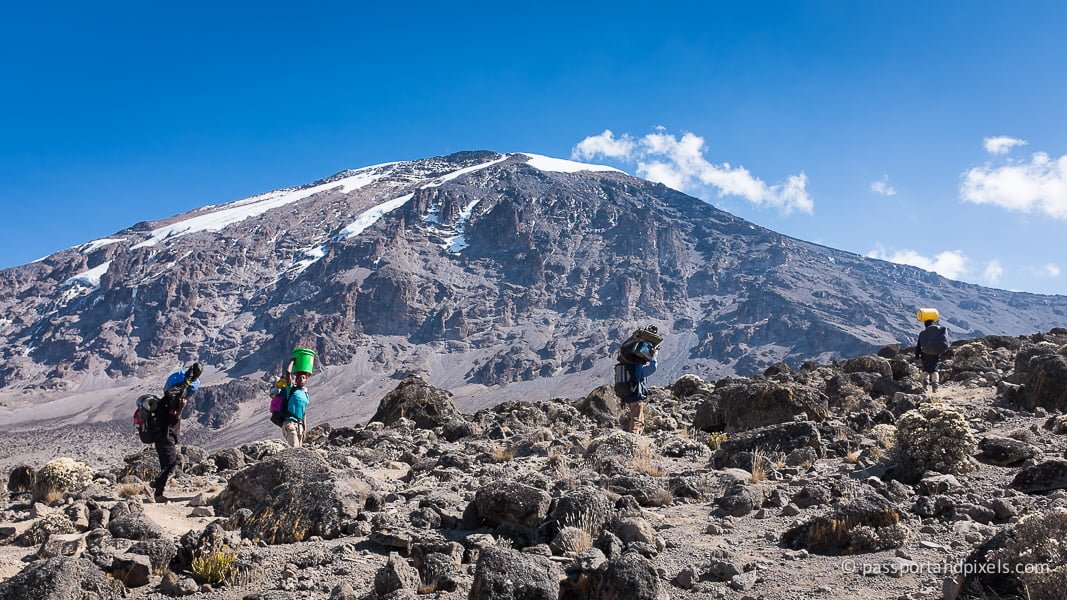
Explore the Beauty of Mount Kilimanjaro
What is Mount Kilimanjaro?
Mount Kilimanjaro, located in Tanzania, is the highest mountain in Africa, towering at a height of 5,895 meters (19,341 feet) above sea level. The mountain is a dormant volcano comprising three distinct volcanic cones: Kibo, Mawenzi, and Shira. The mountain is also a UNESCO World Heritage Site, and its peaks offer breathtaking vistas of Tanzania's beautiful landscape.
Why climb Mount Kilimanjaro?
Climbing Mount Kilimanjaro is a challenging and rewarding experience for adventure seekers and nature enthusiasts ready to push themselves to the limits. Here are some reasons why you might consider climbing Mount Kilimanjaro:
- Experience breathtaking views from the highest point in Africa
- Challenge yourself and push your limits both physically and mentally
- Conquer one of the Seven Summits, the highest mountains on each continent
- Explore the beautiful landscape and unique wildlife found in the mountain's surroundings
- Create long-lasting memories and enjoy a once-in-a-lifetime adventure
To sum it up, climbing Mount Kilimanjaro offers a unique and unforgettable adventure that will test your limits and reward you with breathtaking views and experiences that will stay with you for a lifetime. So, what are you waiting for? Start planning your Kilimanjaro adventure and explore the beauty of Tanzania's highest peak.
Choosing a Route
Popular Routes to Climb Mount Kilimanjaro
Congratulations! You have decided to climb Mount Kilimanjaro and experience an adventure of a lifetime. The next step is to choose the route to take to the summit. Several popular routes lead to the top of the mountain, each offering unique experiences and challenges. These routes include:
- Machame Route: this is the most popular route and offers a diverse range of landscapes and stunning views.
- Lemosho Route: this route offers a longer climb and a more gradual ascent, allowing for better acclimatization.
- Marangu Route: also known as the "Coca-Cola" route, it's the easiest and shortest route but has fewer scenic views.
- Rongai Route: the only route that approaches the summit from the north side of the mountain and offers a unique wilderness experience.
- Umbwe Route: the most challenging route with a steep ascent, but it offers a secluded experience away from the crowds.
Factors to Consider When Choosing a Route
Choosing the right route for your Kilimanjaro climb is essential for a safe and successful adventure. Here are some factors to consider when making your decision:
- Physical fitness and climbing experience: some routes require a higher level of physical fitness and climbing expertise.
- Acclimatization: the length of the climb and the altitude gain influence the time required for acclimatization.
- Budget: some routes are more expensive than others, considering fees, transport, and gear requirements.
- Timing: some routes are more crowded than others depending on the season and period of the year.
Choosing a route for your Mount Kilimanjaro climb is a crucial step that impacts your safety, comfort, and overall experience. Research thoroughly and choose the route that best suits your physical abilities, preferences, and budget. Whatever route you choose, remember to enjoy the breathtaking views and the unforgettable experience of standing on the roof of Africa!
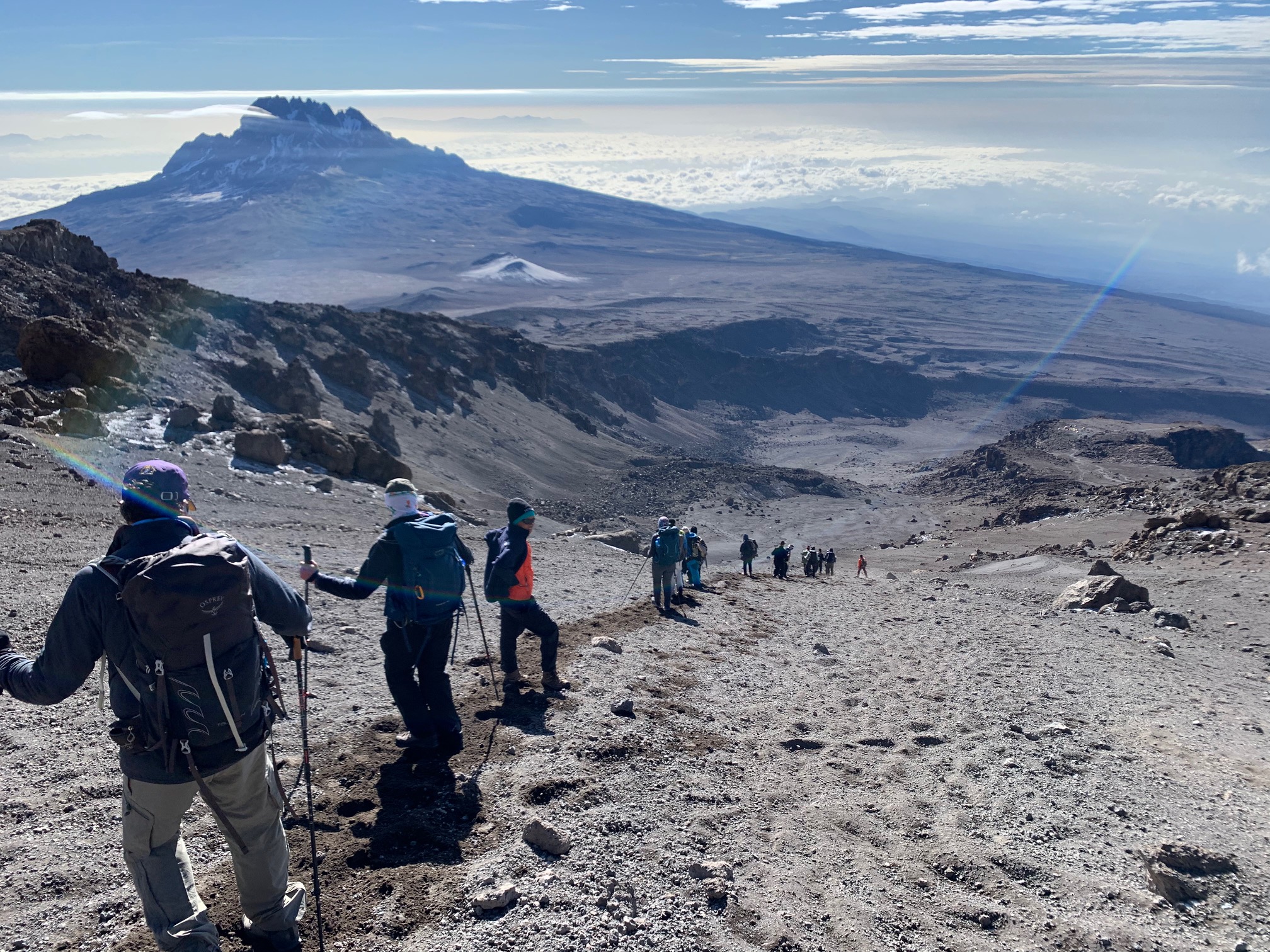
Physical Preparation
Training and Fitness
Before embarking on your Mount Kilimanjaro climb, you must ensure your body is up to the task. The climb can be physically demanding, and you need to be in good shape to avoid injuries and to have an enjoyable experience. Training and fitness are crucial for a safe and smooth climb, and here are some tips to consider:
- Start training early: Aim to start training at least four to six months before your climb. Begin with low-impact exercises such as cycling, trekking, and swimming.
- Strength training: Incorporate weight training exercises to strengthen your legs, back, and core to improve your balance and stability during the climb.
- Cardiovascular exercises: Include activities that increase your heart rate, such as jogging, running, or jumping ropes, to improve your endurance and stamina.
- Practice hiking: Try to practice hiking on hilly or mountainous terrains to get your body used to the kind of altitude and terrain you will encounter on the climb.
Altitude Sickness Prevention
Altitude sickness is a common challenge many climbers face during the climb. The higher you go on the mountain, the less oxygen there is to breathe. When your body finds adjusting to the reduced oxygen levels hard, altitude sickness can set in. Here are some tips to prevent altitude sickness:
- Climb slowly: Keep in mind that Kilimanjaro's climb requires a slow and steady pace. Make sure to take adequate time to acclimatize to the altitude.
- Stay hydrated: Drink plenty of water and fluids to keep your body hydrated and to avoid dehydration, which can cause headaches and dizziness.
- Take your medication: Consider taking altitude sickness medication prescribed by your physician. The medication will help you adapt more quickly to the altitude and reduce the effects of altitude sickness symptoms.
A successful climb of Mount Kilimanjaro requires both mental and physical preparedness. Planning and preparing early will give you the confidence and stamina to tackle this formidable challenge. Remember the importance of training and fitness and taking precautions against altitude sickness. By following these tips, you will surely have an enjoyable and memorable Kilimanjaro climb.
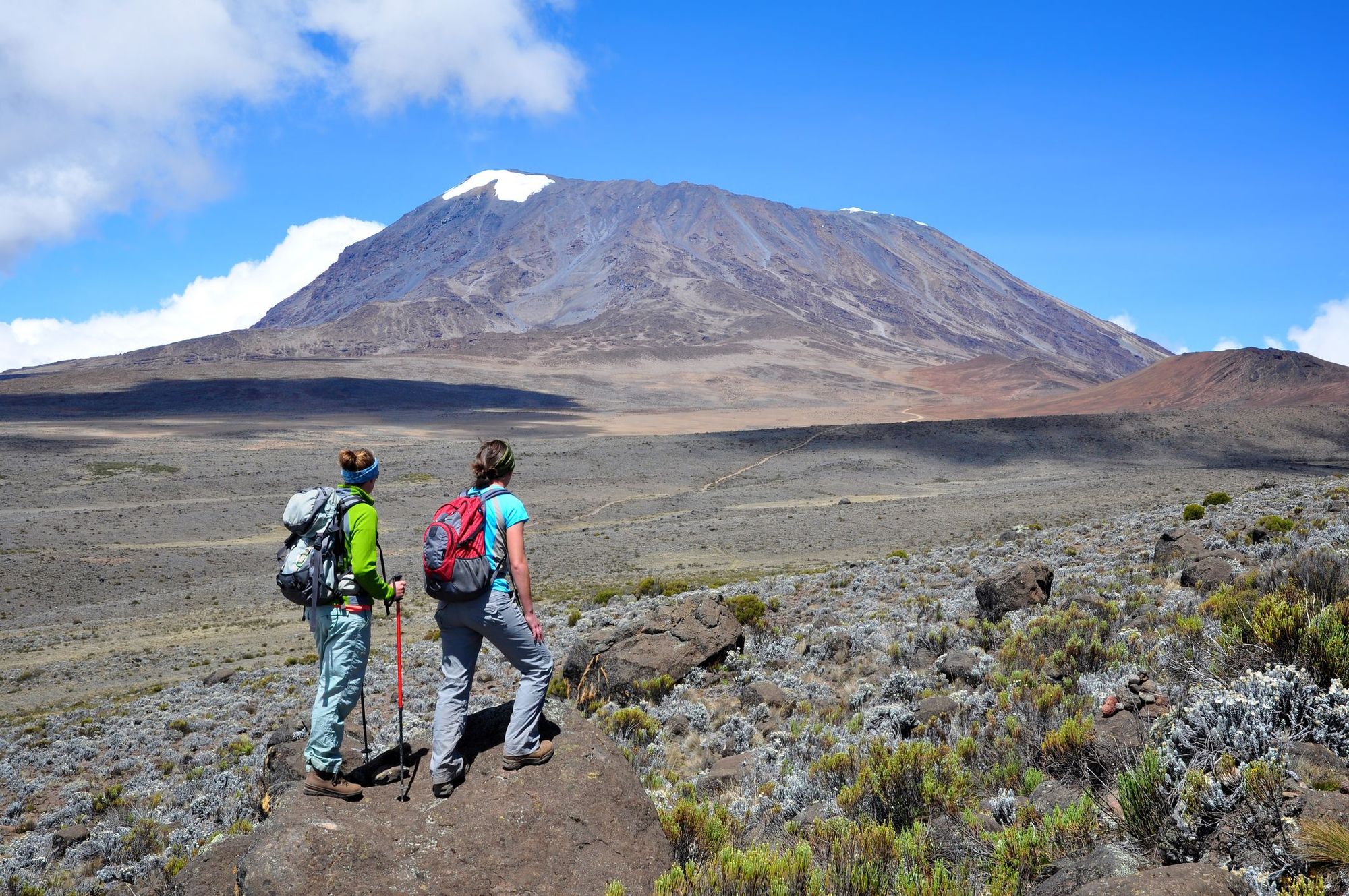
Gear and Equipment
Important gear for climbing Mount Kilimanjaro
Having the right gear and equipment is essential to successfully climbing Mount Kilimanjaro. Here are some important items that you should consider carrying with you:
- Layered Clothing: Bring warm layers and light, breathable clothing to adjust to the changing temperatures along the climb.
- Hiking Boots: Make sure your boots fit well and are comfortable. You'll be depending heavily on them for the course of the climb.
- Sleeping Gear: You will need a warm sleeping bag rated for sub-zero temperatures and a sleeping pad.
- Head Gear: Pack a warm hat, sun hat, and sunglasses to protect your head and eyes from the sun and cold.
- Trekking Poles: They can improve your balance and reduce fatigue and stress on your lower back and knees.
- Waterproof Gear: Include covers or bags to protect your gear from rain, snow, and other moisture.
- Personal Items: Carry a first aid kit, toiletries, and medication.
Renting vs. Buying gear
Most of the gear needed for climbing Kilimanjaro can be rented, but buying your gear is beneficial in the long run. Renting gear is convenient, but you cannot guarantee it will fit correctly or meet your expectations. Purchasing your gear allows you to break it in beforehand and ensures that you have gear that fits your body measurements. However, buying gear can be expensive, and you might not need the gear again after the climb.
Preparing for your Mount Kilimanjaro climb requires not just physical and mental preparation but also being equipped with the right gear and equipment. Make sure to carry the necessary items and decide whether you want to rent or purchase your gear based on your preference and budget. With the right preparation and mindset, you can successfully reach the summit of Mount Kilimanjaro.
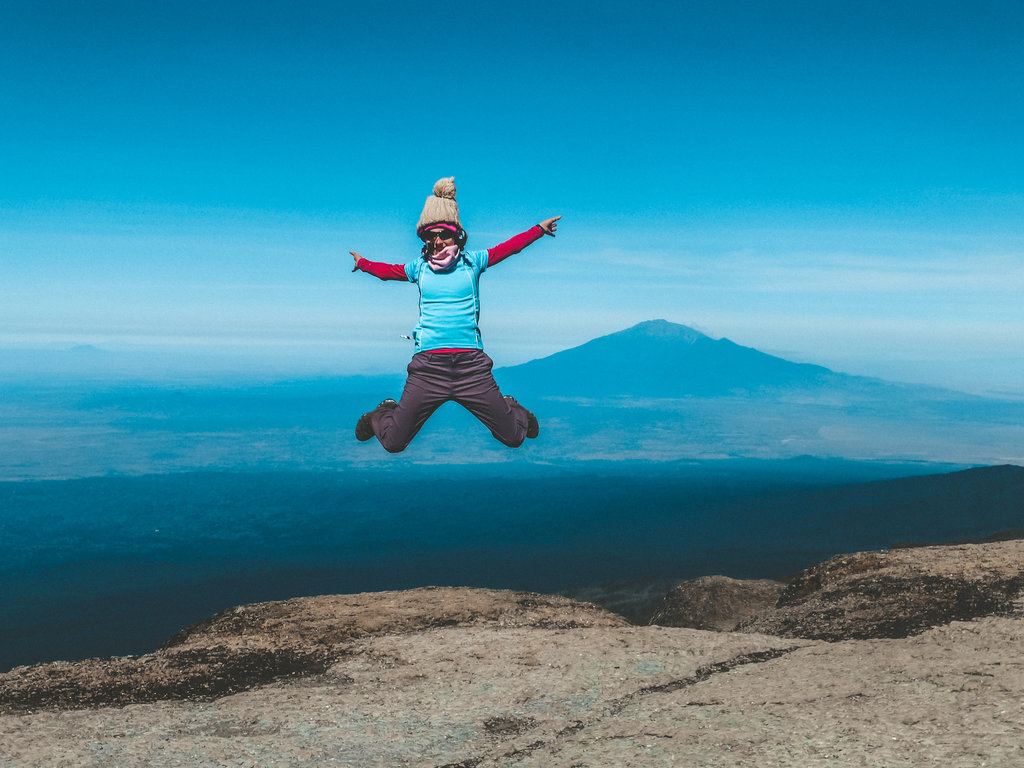
Packing for the Climb
What to pack for the climb
Congratulations on your decision to climb Mount Kilimanjaro! As a beginner, you might wonder what to pack for the climb. Remember that you will carry your gear, so packing light is essential. Here are some important items to consider carrying with you:
- Layered Clothing: Bring clothes suitable for warm weather and cold conditions that you will experience at higher altitudes.
- Hiking Boots: Get comfortable and durable hiking boots that will work for the rugged terrain and avoid blisters along the hike.
- Water Bottles: Bring at least 3 to 4 litres of water bottles or a hydration pack to stay hydrated throughout the hike.
- Head Lamp: It is Dark at night, so you'll need a rechargeable headlamp with good lighting for the climb.
- Sleeping Bag: Get a warm-enough sleeping bag that can withstand below-freezing temperatures. You can rent one in Tanzania if you don't want to purchase it.
- Snacks: Carry lightweight and high-energy snacks and bars to stay fueled while on the go.
What to pack for summit night
Summit night is the most crucial part of your climb. Make sure you have everything you need to make the cold and dark journey more bearable, including:
| Insulated Coat | A warm insulated coat is necessary for summit night since temperatures can fall well below the freezing point. |
| Thermal Underwear and Socks | A good pair of thermal underwear and socks will provide additional warmth and comfort. |
| Foot Warmers | You can use disposable foot warmers to keep your toes warm during the climb. |
| Hand Warmers | Carry hand warmers to help keep your fingers warm as you ascend to the summit in the cold temperatures. |
| Balaclava | A balaclava will protect your face from the harsh cold weather on summit night. |
Packing for your climb up Mount Kilimanjaro requires careful consideration of the items you will carry as you take on the challenge. Consider packing light and selecting the best gear that meets the unique requirements of the climb. With the right preparation, gear, and mindset, you can successfully reach the summit of Mount Kilimanjaro.
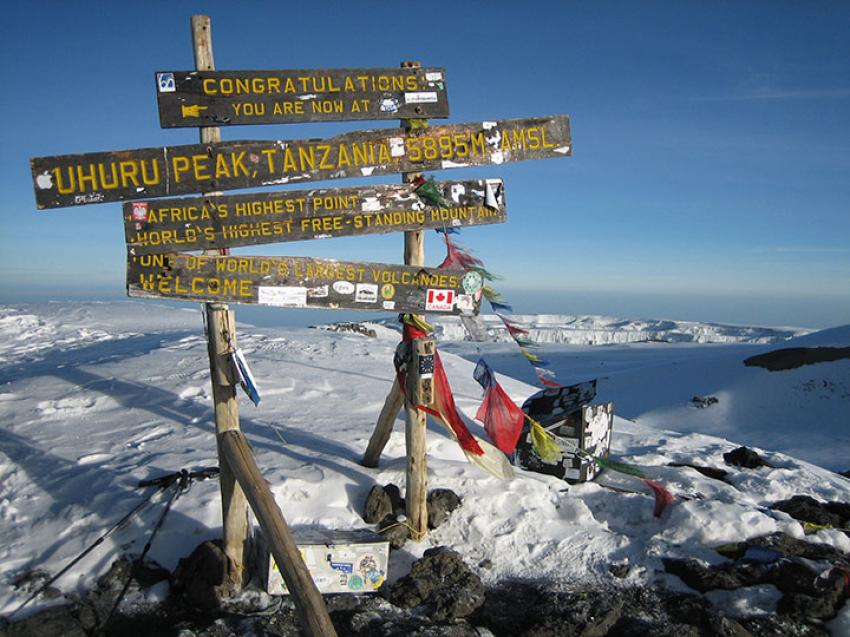
Accommodation and Food
Types of accommodation on Mount Kilimanjaro
As you prepare to climb Mount Kilimanjaro, you may wonder about the types of accommodations available on the mountain. There are several options to consider, including camping and huts.
Camping involves setting up a tent at designated campsites along the route. You will need to bring your camping gear or rent it from tour operators. Camping provides a more immersive experience as you connect with nature and the mountain environment.
Huts are another option and are located along the more popular routes. They offer a roof and a bed for resting. However, they are basic and do not have any amenities. Remember that they are also limited in number and tend to fill up quickly, so booking in advance is recommended.
Food and water on the climb
Food and water are essential for a successful climb up Mount Kilimanjaro. The tour operator you choose will handle food arrangements, but you can bring your snacks for additional energy and variety. Sticking to lightweight, high-energy snacks and bars that won't weigh you down is best.
Carrying enough water is critical, and you should aim to drink at least 3-4 litres daily to stay hydrated. Consider also carrying an electrolyte mix to replenish your energy and minerals lost during perspiration.
Choosing the right accommodation and fueling your body with the appropriate food and water is crucial for successfully climbing Mount Kilimanjaro. Remember to plan and prepare in advance to ensure a comfortable and enjoyable experience on the mountain.

Climbing Experience
A typical day on the climb
As you start climbing Mount Kilimanjaro, it's important to know what a typical day on the mountain looks like. Most days start early, with breakfast served around 6:30 am. After breakfast, you will start hiking, usually between 7:30 am and 8:30 am. You will hike for 3-5 hours before stopping for lunch, usually packed and taken on the trail. After lunch, you will continue hiking for another 2-4 hours before reaching your campsite for the night, where dinner will be served between 6:00 pm and 7:30 pm.
Hiking and Summit night
The summit night is the most challenging part of the climb and starts at midnight. This is when you will make the final push for the summit, Uhuru Peak. You will hike for 6-7 hours at high altitude, in the dark, and on a steep trail. To reach Uhuru Peak in time for sunrise, you must maintain a steady pace and conserve your energy. Reaching the summit will be a moment of triumph, and you will be rewarded with a breathtaking view of Africa's highest peak.
Climbing Mount Kilimanjaro is a once-in-a-lifetime experience that requires careful planning and preparation. With the right mindset, training, and guidance from your tour operator, you can conquer this incredible mountain and create memories that will last a lifetime.
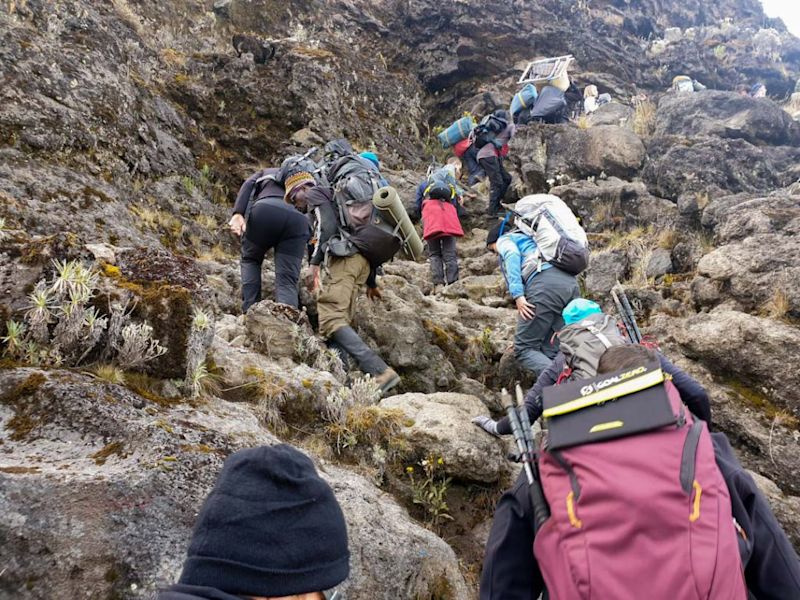
Safety Measures
Safety considerations on Mount Kilimanjaro
It's important to prioritize safety when climbing Mount Kilimanjaro. The mountain's high altitude and unpredictable weather conditions make climbing challenging and dangerous. Here are some safety considerations to keep in mind:
-
Altitude sickness: As you climb higher, the air gets thinner, making breathing harder. Altitude sickness can occur when your body doesn't adjust well to the changing altitude. Symptoms can include nausea, headache, and fatigue. Gradually adjusting, drinking enough water, and listening to your guide's instructions are essential.
-
Weather conditions: The weather on Mount Kilimanjaro can be unpredictable and change quickly. Be prepared for rain, snow, wind, and cold temperatures. Bring appropriate gear, including warm clothing, rain gear, and sun protection.
-
Terrain: The terrain on Mount Kilimanjaro can be challenging and vary between hiking on steep slopes, rocky paths, and glacier fields. Always follow your guide's instructions, watch your step, and use trekking poles for stability.
Emergency medical services
Despite taking all the necessary precautions, accidents can happen on the mountain. It's crucial to access emergency medical services in case of an emergency.
-
Your tour operator should have a well-equipped first-aid kit and a satellite phone for communication with medical services.
-
If you experience symptoms of altitude sickness, notify your guide immediately and descend to a lower altitude.
-
In case of a severe emergency, a helicopter rescue service is available. However, its availability and access depend on weather conditions and the severity of the situation.
Prioritizing safety is essential when climbing Mount Kilimanjaro. By following safety considerations, being prepared, and having access to emergency medical services, you can enjoy a safe and memorable climb to the summit of Africa's highest peak.

Safety Measures
Safety Considerations on Mount Kilimanjaro
When you climb Mount Kilimanjaro, safety should be your top priority. The climb can be challenging and dangerous due to the mountain's high altitude and unpredictable weather conditions. To ensure your safety, keep the following safety considerations in mind:
-
Altitude Sickness: As you climb higher, it's common to experience altitude sickness due to the thin air. Symptoms can include nausea, headache, and fatigue. To prevent altitude sickness, take it slow, acclimatize gradually, drink enough water, and follow your guide's instructions.
-
Weather Conditions: The weather on Mount Kilimanjaro can change rapidly and be unpredictable. Prepare yourself for rain, snow, wind, and cold temperatures. Bring appropriate gear, including warm clothing, rain gear, and sun protection.
-
Terrain: The terrain on Mount Kilimanjaro can be challenging, and it can vary between steep slopes, rocky paths, and glacier fields. Always follow the guide's instructions, watch your steps, and use trekking poles for stability.
Emergency Medical Services
Even though you take all the necessary precautions, accidents can still happen on the mountain. To minimize injury severity, access emergency medical services in case of an emergency. Here are some tips:
-
Your Tour operator should have a well-equipped first-aid kit and a satellite phone for communicating with medical services.
-
If you experience symptoms of altitude sickness, notify your guide immediately and descend to a lower altitude.
-
In case of a severe emergency, a helicopter rescue service is available. Its availability, though, depends on weather conditions and the situation's severity.
What to do after a successful climb
After a successful Mount Kilimanjaro climb, taking additional precautions is essential to ensure your well-being. Here are some tips:
-
Rest: You must allow your body to rest and recover after the strenuous climb.
-
Stay hydrated: Drink plenty of water to aid in your body's recovery.
-
Visit a Doctor: After the climb, it's advisable to visit your doctor to check for any altitude-related health issues.
-
Reflect: Take time to reflect on your accomplishments and the incredible journey you have been on.
By following these tips, you can set yourself up for a more comfortable recovery and preserve the fantastic memories of your climb.
